Volkswagen India’s cars are built to last and what could be a better test of resilience than a roadtrip in the mountains? Volkswagen Experiences presented that opportunity and we were part of the first expedition.
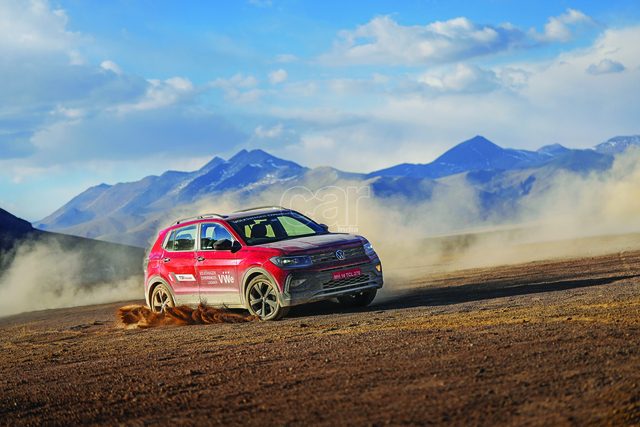
Story: Joshua Varghese
Photography: Apurva Ambep
Whenever I have driven Volkswagens in town, the experience has been easy. So effortless that the driving felt more intuitive than calculated. There has not been a time when their cars felt inadequate. Despite being built like tanks, our price conscious market is yet to see the true potential of VWs. Recently, we were offered a place in a VW convoy that was going to explore Ladakh. Naturally, we were intrigued because it offered us the perfect opportunity to find out just how tough these cars are.
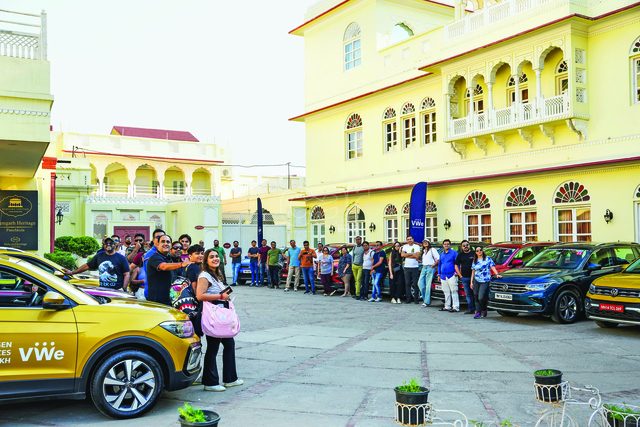
VW India’s current line-up is limited to three cars; two SUVs in the form of the Taigun and Tiguan and the Virtus sedan. Upon arriving in Leh, we were allotted a top-of-the-line Tiguan but before I tell you about what unfolded right after, you should know how a convoy of more than 20 VWs reached Leh. They were driven from Chandigarh to Leh along some epic roads by participants who signed up for the Volkswagen Experiences or VWe.
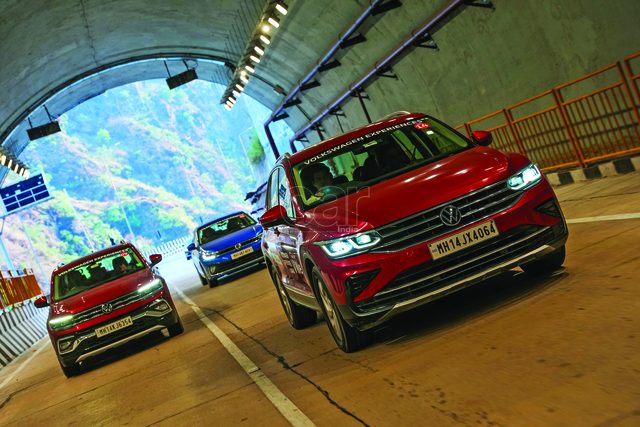
This is the first time VW India have put together something like this and it was open to everyone. One did not need to own a VW car to register. People signed up on the manufacturer’s website for what was essentially a driving holiday. From what we gather, they had a lovely time driving up to Leh. Among the most common feedback was that they got to enjoy the beautiful scenery and the sights because of how undemanding the driving bit was. Some even said that the journey gave them a new perspective about the touring capability of VW cars. From Leh, we had to drive to Nubra, Siachen and then all the way to Thang which is the northernmost village in India. Certainly a tougher test of man and machine.
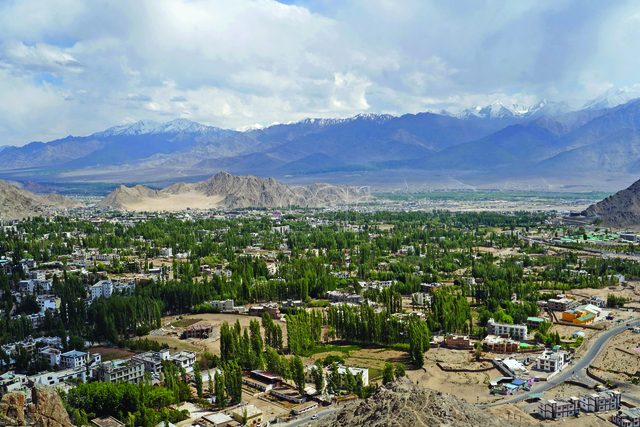
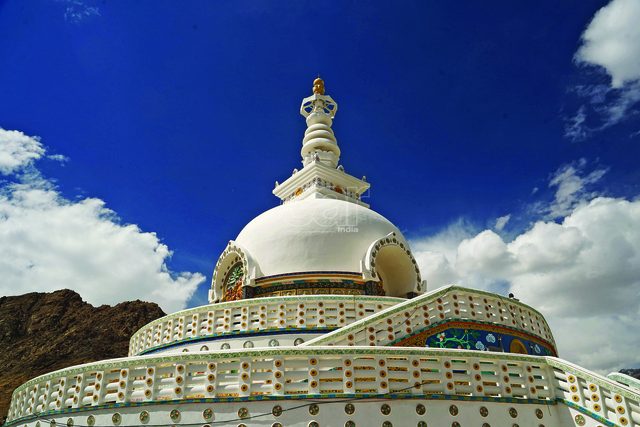
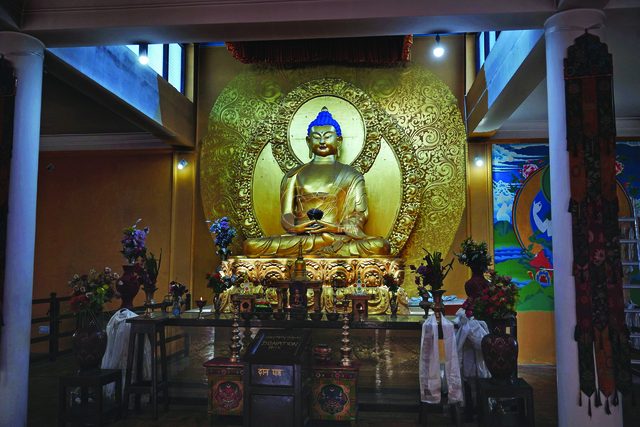
The first thing we learned was that VWe was not limited to just driving. Day One was spent entirely in Leh and we took the Tiguan to see some of the local attractions and, sample the culture and cuisine of the region. When visiting some of the spots in Leh including Thiksey Monastery, Sangam Point and Shanti Stupa a few things about the Tiguan stood out immediately. The main roads in Leh are fairly wide but every other road is a squeeze unless one is driving a small hatchback and the Tiguan is the largest SUV in VW India’s portfolio. Google Maps is not a traveller’s best friend in that region because the roads are so narrow that it often confuses the GPS and one inevitably gets lost. We did too but the Tiguan was so easy to manoeuvre that we were able to turn the car around set off quickly without holding up traffic.
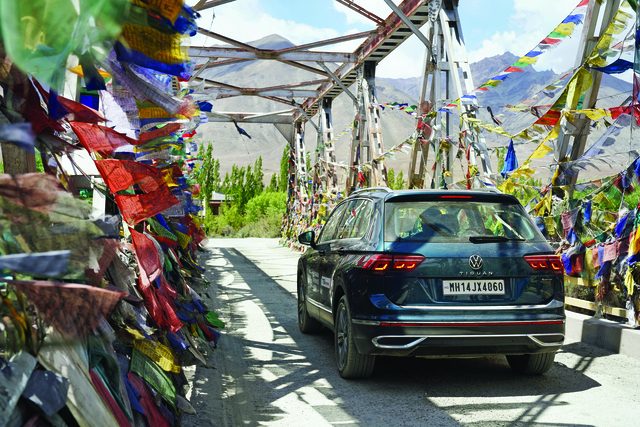
Weather in the mountains is another pain point for us plain-dwellers but we were well insulated from the harshness in the plush cabin. It is a space that is worthy of a flagship product. Nothing felt out of place or lacking in quality. In a matter of hours, I was convinced that this SUV would keep us comfortable, come what may.
The following morning, we left Leh early because traffic is a problem in the mountains too. Once out of Leh and en route to Nubra, spotless tarmac often gave way to damaged roads and sections under construction. Even on the bad patches the Tiguan was easy to manage and having all-wheel-drive helped with steep climbs too. Some may ask what the big deal is because the locals use small, old cars to drive over the same terrain every day. We saw many of them ourselves but ‘driving’ and ‘driving without effort’ are two different experiences. The bad patches were occasionally replaced by superb roads and the Tiguan would set into a comfortable cruise in sixth gear, with its engine ticking at just over 2,000 rpm.
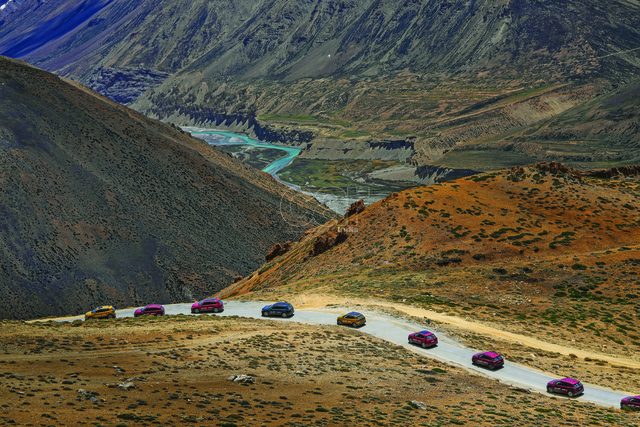
Nubra is among the most beautiful places in Ladakh and just passing through does not do justice to it. It has a simplicity that is hard to locate in our chaotic urban environment. Personally, I would recommend spending a few days there to soak in all the natural beauty and tranquility. However, we had an agenda to stick to. VW India had secured permission for us to drive all the way to Siachen base camp, a place so sensitive that it was closed to public until recently.
One by one, we drove over the bridge that ran across the Nubra river. The road on the other side was full of surprises. In some sections, the tarmac was flawless and allowed us to properly enjoy the drive. Some sections caught us off-guard because the surface was good but there were sudden changes in elevation. Then there were places where there was no road at all. Regardless of what the state of the route was, it was always only wide enough for one big car. Our convoy snaked along this picturesque and seldom-explored route all the way to Siachen base camp.
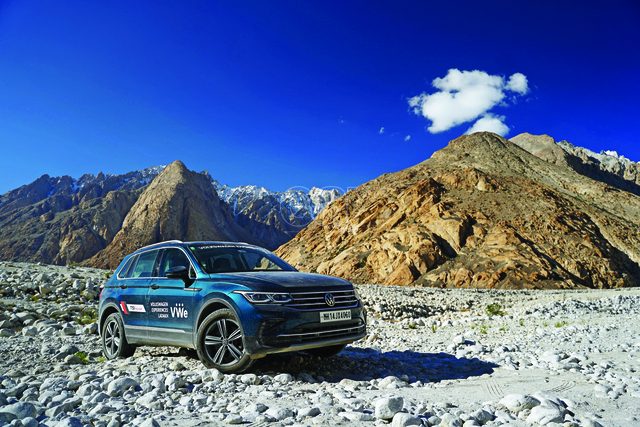
The Siachen Glacier is not just one of our major sources of freshwater, it is also the world’s highest battlefield. The base camp has been moved further inside towards the glacier but the war memorial and the OP Baba temple are open for public viewing. A few years ago, yours truly got a chance to spend a few days inside the camp and I can assure you that life is tough there but nowhere near as challenging as what the soldiers stationed on the glacier have to go through. It was a proud moment for us to be that close to the Siachen base camp; a fortress of some of our fiercest warriors.
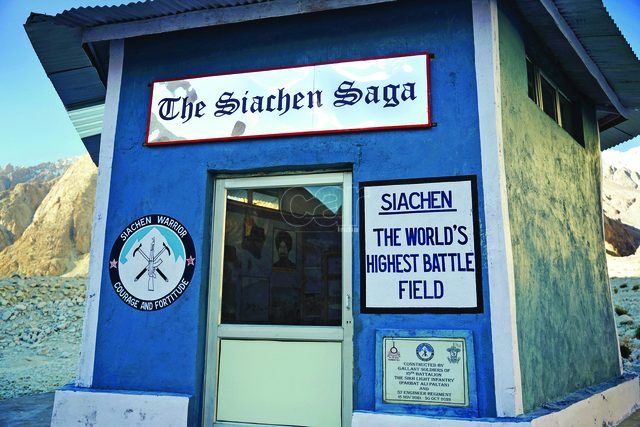
Familiar as we were with the Tiguan’s capabilities, what impressed us most was that the car we were driving had clocked over 30,000 km. If I had not seen the odometer, it would have been hard to believe because it performed like a new car. No errant vibrations at the controls and no rattles or squeaks in the cabin. A car with such mileage being capable of flawless performance in that region, is a testament to VW’s engineering and build quality.
The following day, we had to leave for Thang and having used the Tiguan thus far, we were sure it would complete the drive easily. We decided to challenge ourselves by opting for a car from the other end of the lineup. We swapped the 2.0-litre Tiguan for the 1.0-litre TSI Virtus with a manual transmission. Most people who travel along that route choose SUVs or MPVs; so driving a sedan on the same route seemed challenging enough.
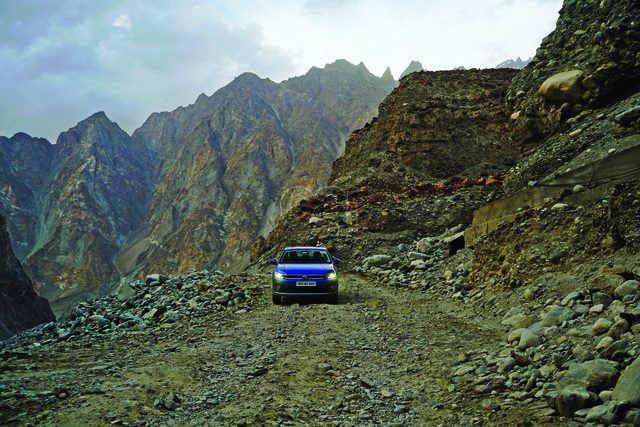
Bad roads began the moment we left Nubra and the Virtus was thrown into the deep end almost immediately because those sections also had a few slippery climbs. Despite the thin air, the three-cylinder engine had enough torque on tap to pull through the steepest of hair-pin turns. Hill-hold and traction control were also useful to have. They eliminated the stress from starting on an incline.
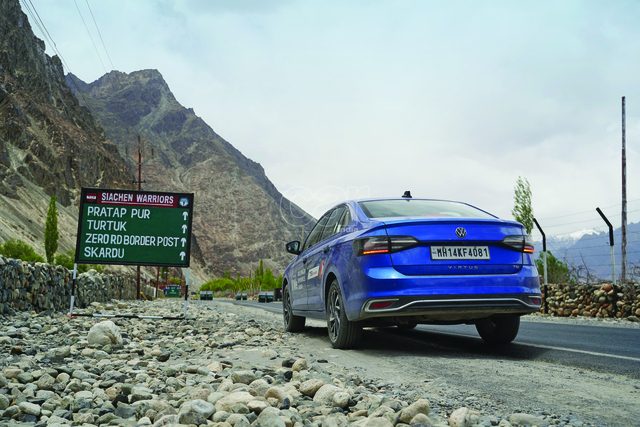
Comparitively, the rest of the drive was smooth sailing because most of the road to Turtuk was fairly good and deserted. With little traffic and an excellent surface, the drive was enjoyable. Our scenery constantly switched between magnificent mountains and the Indian army’s impressive range of artillery and fighter planes because we drove by many army installations. Of course, photography in such areas is more likely to attract bullets than likes on Instagram.
Minutes would roll by as we drove on with hardly another car in sight. While we did see a lot of hatchbacks and SUVs, ours was the only sedan on the road. After Turtuk, the already sparse traffic thinned out further. Finally, we arrived at Thang. It is India’s northernmost village; sitting right beside the LOC.
Thang’s history is quite melancholy because it was separated from its twin Pharnu. In December 1971, the Line of Control was established overnight and it split these two villages. Local history states that two villages which had existed like siblings until the previous day were separated overnight. Loved ones were not allowed to cross the border to be reunited. Such is life and the consequences of war.
On a positive note, as a car enthusiast, Thang has been rooted in my memory to be associated with the Virtus because as far I was I was concerned, that blue Virtus was not the car with the smallest engine in the VW lineup, it was the car that brought me to the border. It is fairly common knowledge that the Virtus and Taigun share the same platform. One of the immediate benefits of that is ground clearance. Even in some situations where we found ourselves bracing for the dreaded ‘kkrrr’ sound of the underbody touching the ground. Nothing happened. Following our drive to Thang, we returned to Leh and then drove from Leh to Delhi, stopping only for fuel and food.
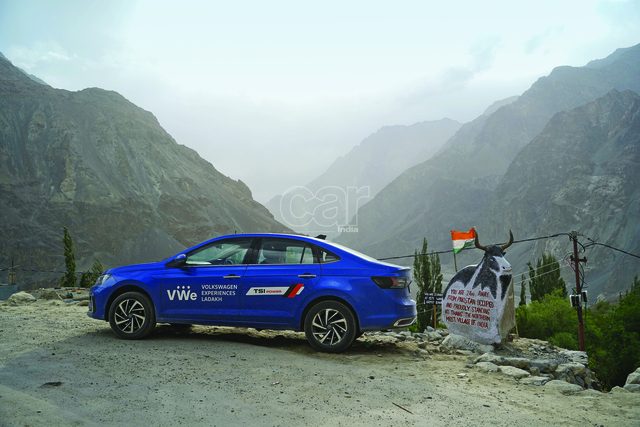
The Virtus performed beyond expectations and never once let us down. While driving, we also noticed that the car had clocked over 10,000 km. Clearly, we demanded a lot from the Virtus in conditions that were already demanding and it did what a well-engineered machine should. It delivered. Strongly, consistently and without failure. Just like any VW car would have. Their cars have been designed, built and tested to a level where ‘well-engineered’ seems like an adequate description. The car has proved itself beyond doubt, maybe what we need to improve as a market are our standards.
Watch the full video here:
Also Read: Volkswagen Virtus GT Plus 1.5 MT Test Review


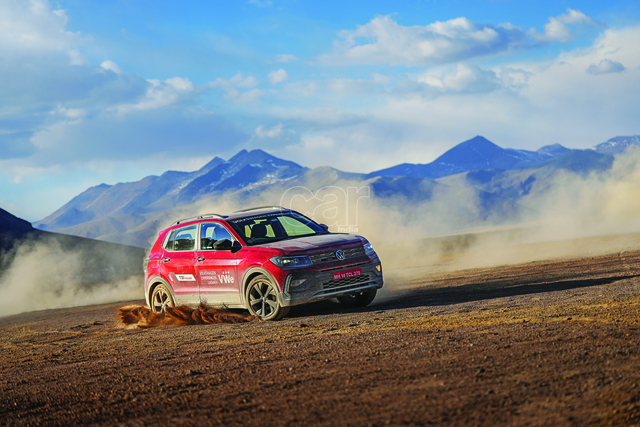




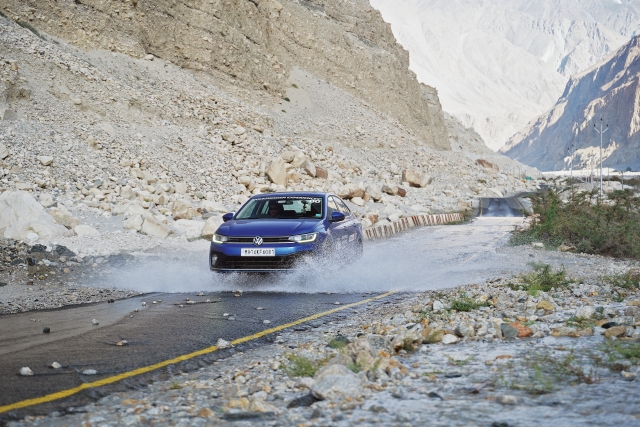

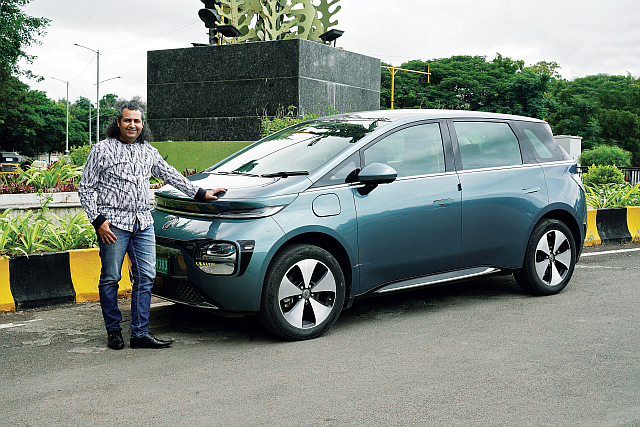
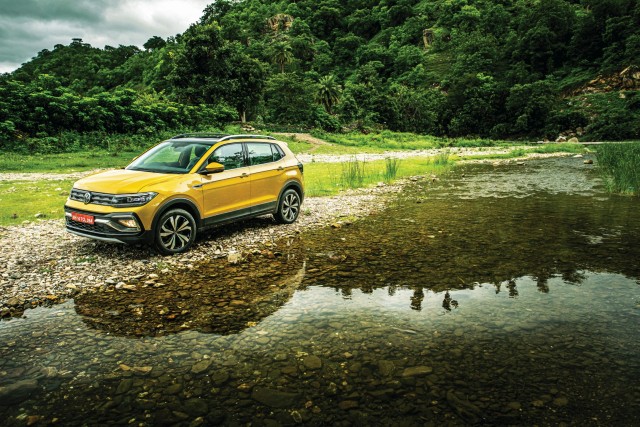
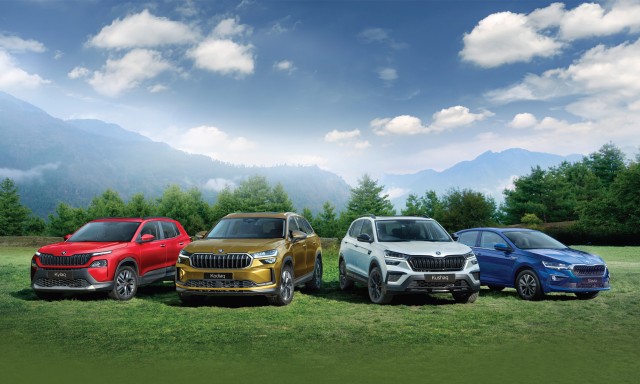

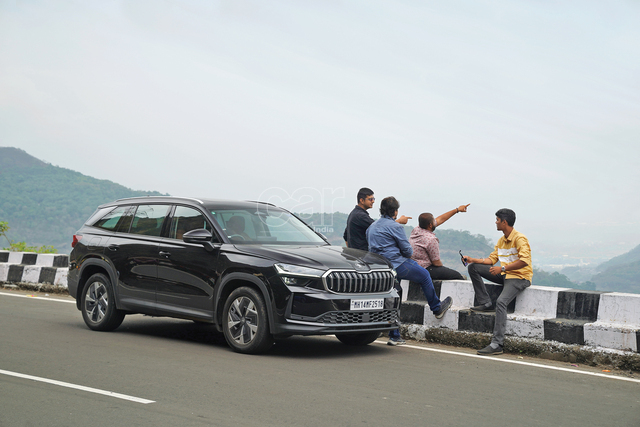
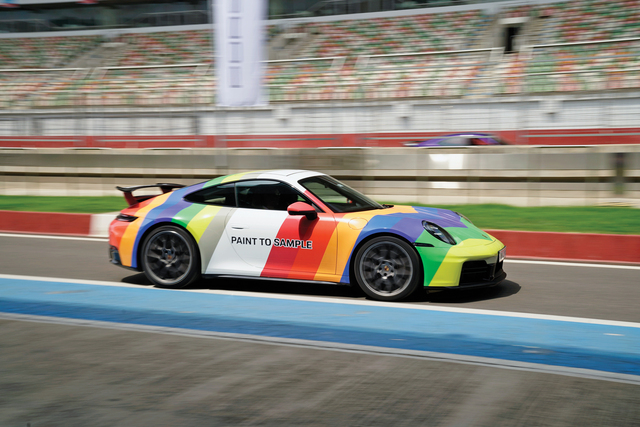


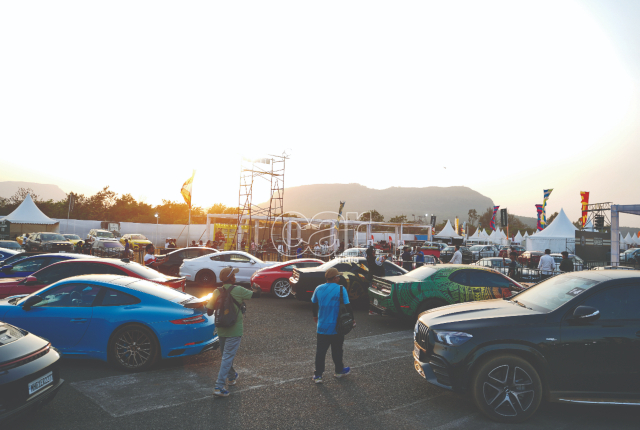




Leave a Reply